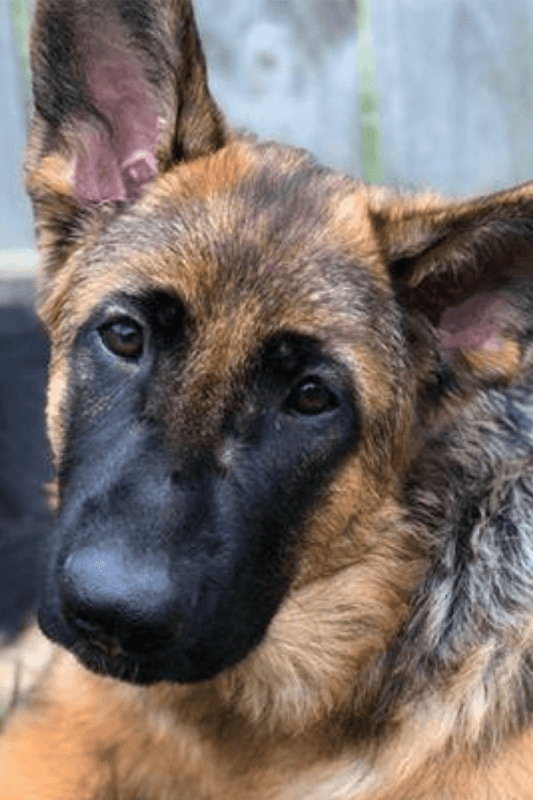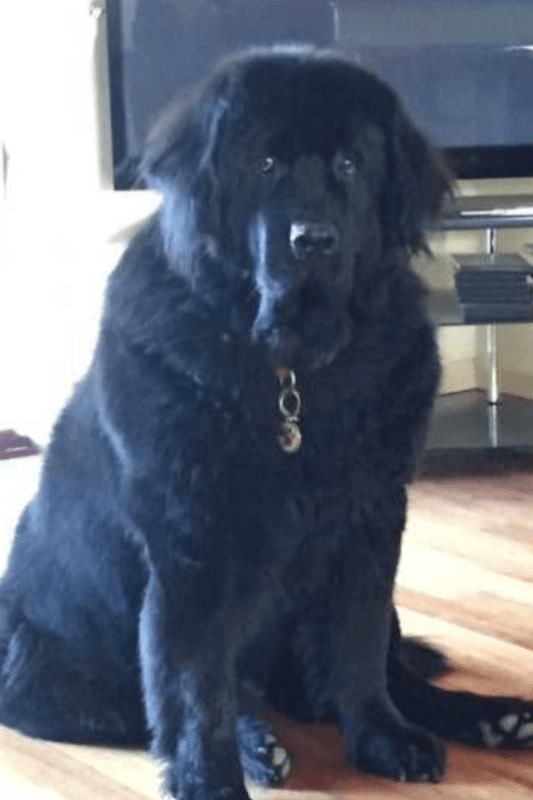She is just getting old….
This is the sentence that my husband kept saying when Yogi, our now eight-year-old Border Collie cross was becoming slower and stiffer. It just never sat right with me, I refused to accept that Yogi, our old dog, an active working cross, at 8 years old was becoming a senior dog and I was going to have to watch her disintegration begin.
The truth is, 8 years old isn’t old. Not when you compare some of the oldest living dogs:
Maggie, an Australian Kelpie died at 30 years old.
Bluey, an Australian Cattle Dog died at 29 years old.
Butch, a Beagle died at 28 years old.
The list of the 20 oldest living dogs ALL made it to at least 20 years old and Yogi has just turned 8.
So why do we accept 8/9/10 as the age a dog suddenly becomes a senior and it becomes perfectly acceptable that stiff joints, grumpy attitudes and sleeping a lot is the new ‘norm’?
Structure affects how a dog moves:
The pedigree breed standard details how a specific dog breed should look, act and move. Over time this standard is interpreted in different ways and we have seen many breeds look structurally different. Take the German Shepherd for example:


The modern-day German Shepherd is more prone to health problems such as hip and elbow dysplasia and has a life expectancy of 11 years (1).
So how does this affect the average age of a dog? Changes in structure and poor breeding alter the way a dog moves and the way their body operates. We are more likely to see early onset of arthritis and mobility issues for dogs whose bodies not designed nor conditioned to keep up with modern day exercise or routines.
As the demand for pet ownership is on the rise, there are large increases in improper breeding and cross breeding which results in poorly structured dogs with an array of predisposed health conditions.
Our commitment to dogs has changed:
Gone are the days that a dog just lives in the backyard and is walked maybe 3 times a week and thrown a bowl of processed food. That was the norm. However, pets are family members and pet parents are spending more and more time with their animals, which includes increased exercise regimes.
At the very least, pet parents will get a ball thrower and stand in the park for 30 minutes while their dog runs back and forth and chases that ball. Increased exercise demands coupled with poor breeding and conditioning is a possible cause of early onset of mobility degeneration.
Whilst we as humans are stepping up and providing more outlets for our dogs in terms of enrichment, better diet and optimal care, we still have a long way to go in terms of understanding how to help our dogs support their bodies better and encourage joint longevity.
The visual expression of pain is not the beginning:
When Yogi started to show signs of slowing down, it wasn’t the beginning of her mobility degeneration, this was only the first visual sign I noticed.
There are so many different ways pain can present itself and often the obvious visual changes such as limping aren’t the beginning of that pain manifesting. Some signs to look for are:
- Reactivity or ‘grumpiness’
- Sleeping more regularly
- Refusing to get on or off furniture
- Less compliance with obedience
- Less enthusiasm on walks
- Changes on personality
- Decreased appetite
This list by all means is not definitive but highlights that our dogs do a great job of masking when they are uncomfortable.

So how can we know when our dog is in pain when they aren’t showing any signs?
Be Better. In short this is the epitome of how we can help our dogs. As pet parents we can be more educated about the dog in front of us. This will help us recognise when things start to change.
How do help our dogs stay ‘stronger for longer’?
There are SO many ways we can help our dogs live past the average age of 12 years old and be physically stronger:
We can learn about how our dog’s structure impacts their ability to perform day to day tasks.
- We can feed a species appropriate diet to reduce inflammation and supports healthy and even growing.
- We can provide a joint mobility supplement such as Antinol Rapid.
- We can regularly run blood work to identify changes occurring.
- We can work with alternative therapy professionals such as massage therapist or acupuncture therapist.
- We can be educated about the type of exercise we encourage our dogs to do.
- We can care more about how we grow our puppies and educate ourselves on how to protect their joints and growth plates.
- We can use strength and conditioning to support our dogs weaknesses.
Yogi’s journey:
As I mentioned, when my husband said, “oh she is just getting old”, I refused to accept that weak joints, arthritis and mobility issues were going to decide her fate. So, I Became Better.
I changed Yogi’s diet to ensure that it specifically focussed on reducing inflammation, I upped her Antinol Rapid intake, I modified her exercise regime, I engaged with an awesome canine physiotherapist and I increased her strength and conditioning. Yogi’s mobility has dramatically improved and my husband’s most recent comment was “she looks like she has a new lease on life”.
By Being Better as a pet parent and being as educated as you can, you will help your dog Be Better too.

Reference:
- https://researchonline.rvc.ac.uk/id/eprint/7826/1/7826.pdf










